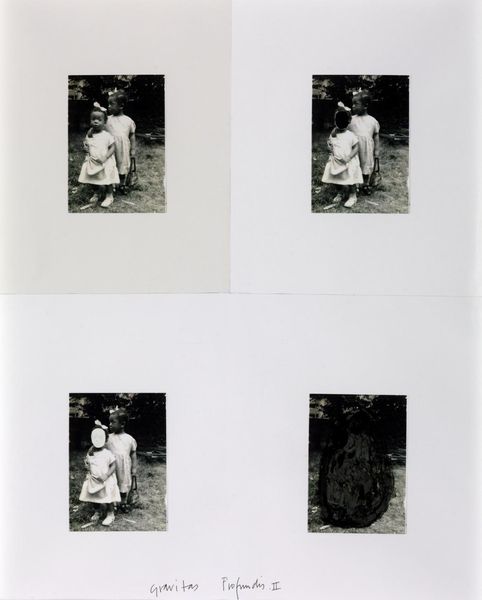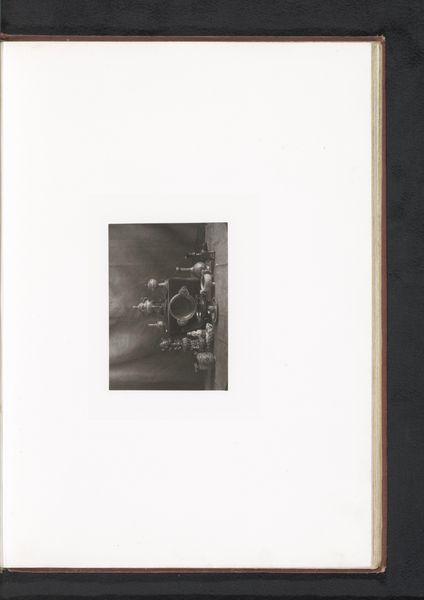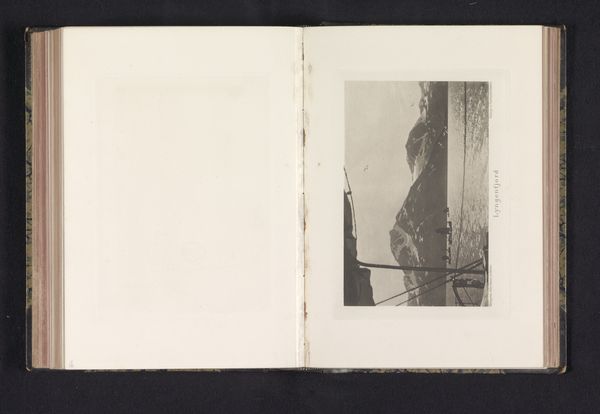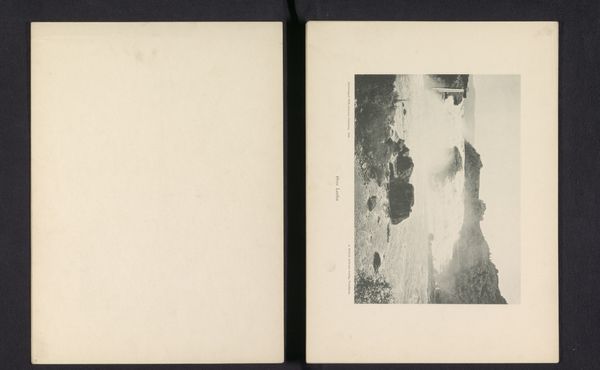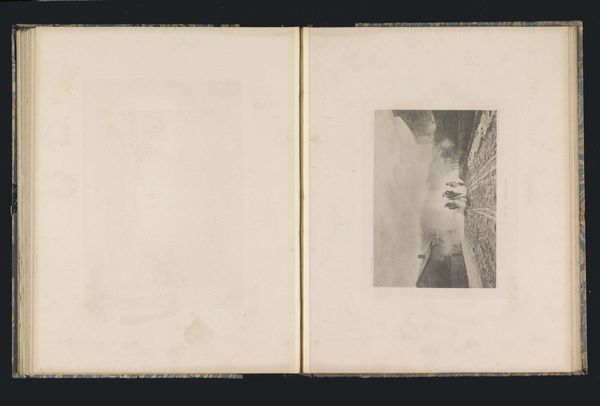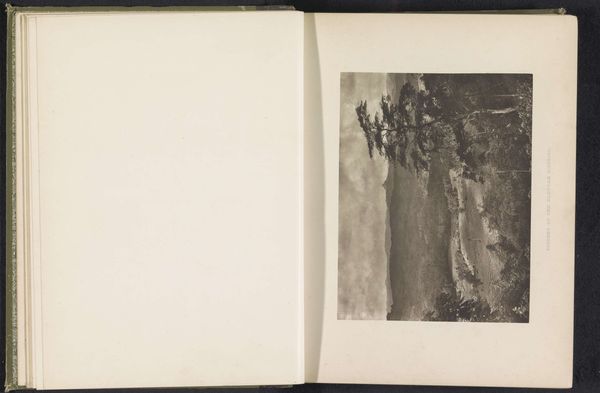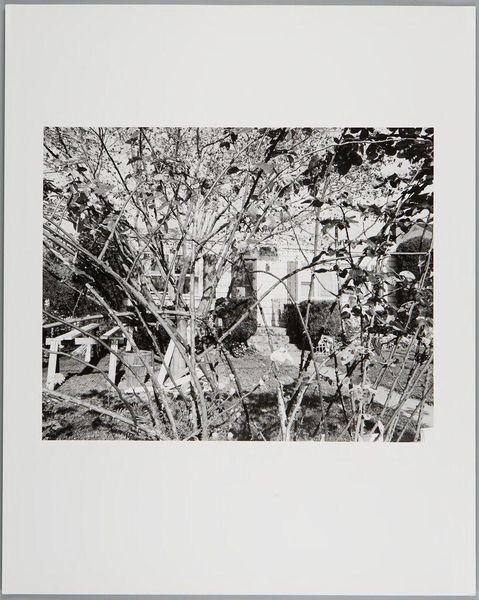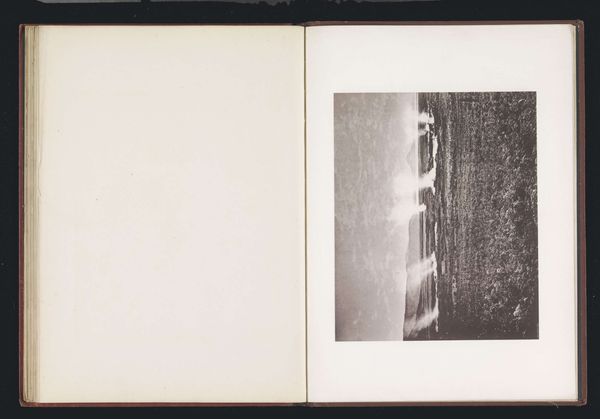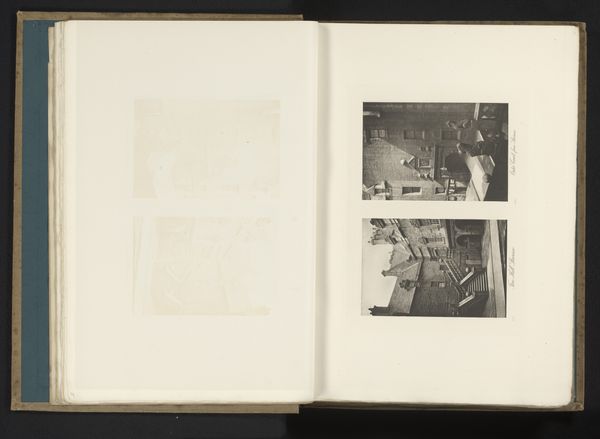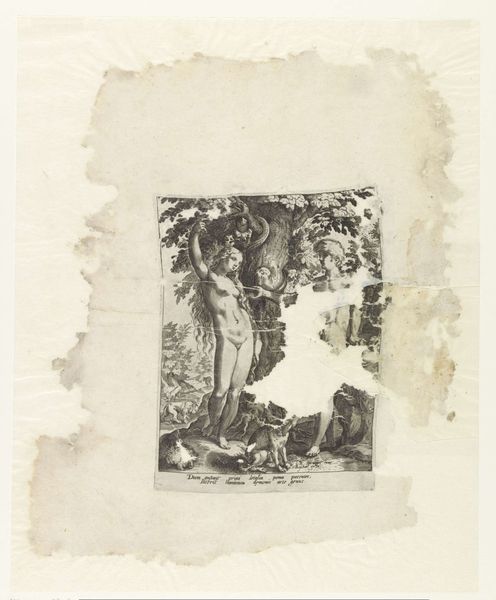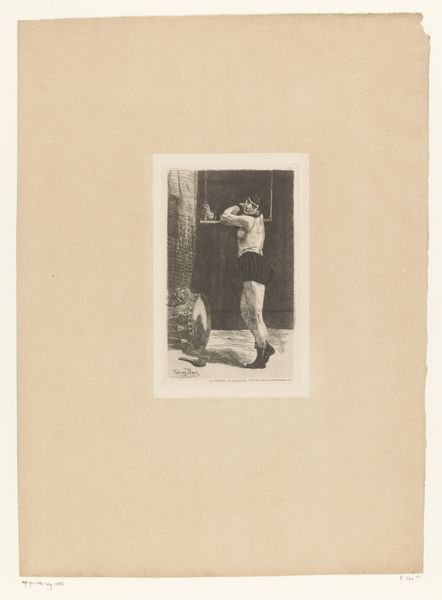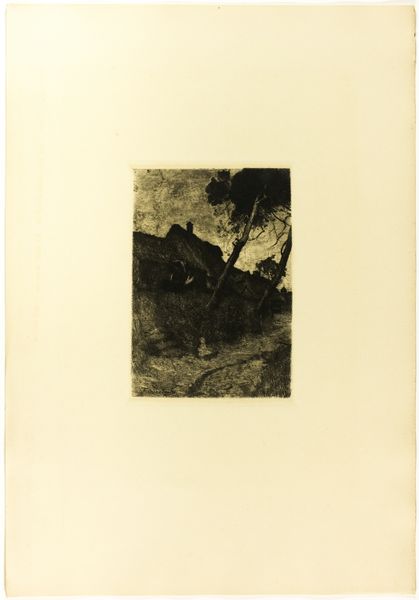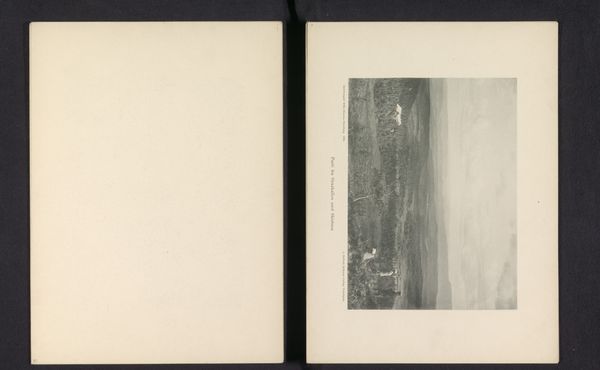
Dimensions: support: 535 x 408 mm
Copyright: © Veronica Ryan | CC-BY-NC-ND 4.0 DEED, Photo: Tate
Curator: Gravitas Profundis III by Veronica Ryan presents a quartet of images; the dimensions of the support are 535 by 408 mm. Editor: Initially, the high contrast and somewhat faded tones evoke a sense of distant memory and perhaps a touch of melancholic reflection. Curator: The interplay between the abstract form and the representations of children prompts consideration of identity formation within social contexts. Ryan's work often engages with themes of displacement and belonging. Editor: The formal repetition establishes a visual rhythm, but the stark contrast between the organic shape and the portraiture encourages a reading that explores the interplay between interiority and social presentation. Curator: Indeed, the presentation and reception of such imagery in gallery spaces also highlights the socio-political forces that shape understanding and influence the art's narrative. Editor: I agree. It's the composition, the juxtaposition of forms, that ultimately creates a space for dialogue.
Comments
No comments
Be the first to comment and join the conversation on the ultimate creative platform.
